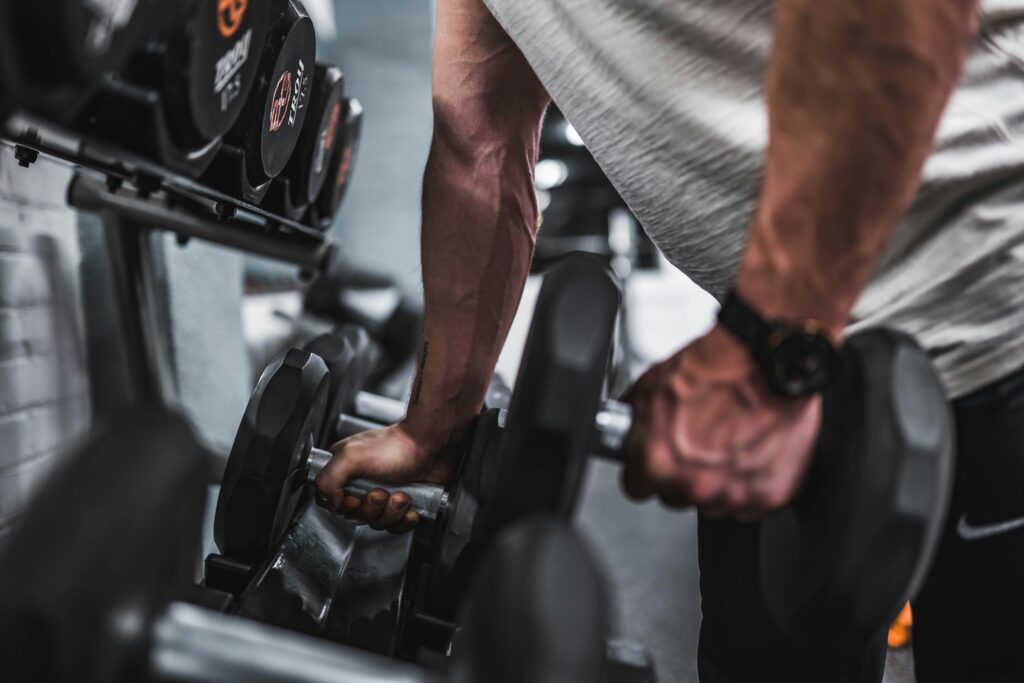The Ultimate Guide to Men’s Fitness After 30
Posted in Men Series | By Yasmin S.

As men reach their 30s, maintaining fitness becomes more important than ever. It’s a time when metabolism starts to slow down, muscle mass begins to decline, and recovery takes longer. But with the right approach, you can stay strong, fit, and healthy well into your 30s and beyond.
Here’s the ultimate guide to fitness for men after 30, covering key strategies, workout plans, and nutrition tips to help you stay at your best.
Why Fitness Matters More After 30
After turning 30, men begin to experience natural physiological changes, including a gradual loss of muscle mass (known as sarcopenia) and a decrease in metabolism. Additionally, lifestyle habits can impact joint health, flexibility, and cardiovascular function. Regular fitness routines help combat these effects by maintaining muscle strength, improving heart health, and boosting overall energy.
Essential Fitness Components for Men Over 30
To build a well-rounded fitness plan, you should focus on four key areas:
- Strength Training
Strength training is crucial for maintaining muscle mass and metabolic rate. Aim for 2–3 strength training sessions per week, focusing on compound exercises like squats, deadlifts, and bench presses. These movements target multiple muscle groups and help preserve lean muscle as you age. - Cardiovascular Exercise
Cardio exercises, such as running, cycling, swimming, or brisk walking, are essential for heart health. Aim for at least 150 minutes of moderate-intensity cardio per week, which can be broken down into shorter sessions throughout the week. - Flexibility and Mobility
As you age, flexibility and mobility tend to decrease. Incorporating stretching, yoga, or dynamic mobility exercises into your routine will help prevent injuries, improve posture, and keep your joints healthy. Stretching after workouts is especially important to avoid stiffness and maintain flexibility. - Core and Balance Work
A strong core is essential for overall strength and injury prevention. Incorporate core exercises like planks, Russian twists, and leg raises into your routine. Balance exercises, such as standing on one leg or using a stability ball, can improve coordination and prevent falls as you age.
Sample Workout Plan for Men Over 30
Here’s a sample fitness routine designed for men in their 30s, with a focus on strength, cardio, and mobility:
Monday – Full Body Strength Training
- Warm-up: 5–10 minutes of light cardio
- Squats: 3 sets of 8–12 reps
- Bench Press: 3 sets of 8–12 reps
- Deadlifts: 3 sets of 8–10 reps
- Pull-ups or Lat Pulldowns: 3 sets of 8–10 reps
- Planks: 3 sets of 30 seconds
Wednesday – Cardio & Core
- Warm-up: 5 minutes of light jogging
- Running or Cycling: 30–40 minutes at moderate intensity
- Core workout (Planks, Russian Twists, Leg Raises): 3 sets of each
Friday – Strength Training & Mobility
- Warm-up: 5–10 minutes of dynamic stretching
- Lunges: 3 sets of 10–12 reps per leg
- Overhead Press: 3 sets of 8–10 reps
- Rows: 3 sets of 8–10 reps
- Stretching or Yoga: 15–20 minutes
Sunday – Active Rest & Recovery
- Low-intensity activity: Walking, swimming, or yoga
- Focus on stretching and mobility exercises
Nutrition Tips for Men Over 30
Proper nutrition is vital for fueling workouts, maintaining energy levels, and supporting muscle growth and recovery. Here are some nutrition tips:
- Prioritize Protein: Protein is essential for muscle repair and growth. Aim for about 0.8–1g of protein per pound of body weight.
- Healthy Fats: Include sources of healthy fats, such as avocados, nuts, seeds, and olive oil, to support hormone balance.
- Carbohydrates for Energy: Complex carbohydrates like whole grains, fruits, and vegetables will provide sustainable energy for your workouts.
- Hydration: Stay hydrated to maintain optimal performance and support recovery.
Recovery and Sleep
Recovery is as important as the workouts themselves. Aim for 7–9 hours of quality sleep each night, as sleep is essential for muscle repair and overall health. Active recovery methods, such as foam rolling or light yoga, can also help reduce muscle soreness and improve flexibility.
Fitness after 30 doesn’t have to be complicated. By focusing on strength training, cardiovascular exercise, flexibility, and recovery, men can maintain a healthy and fit lifestyle throughout their 30s and beyond. Consistency is key, so start small, stay committed, and make fitness a part of your lifestyle.
Visit us at: https://stherb.us/product-category/products/
